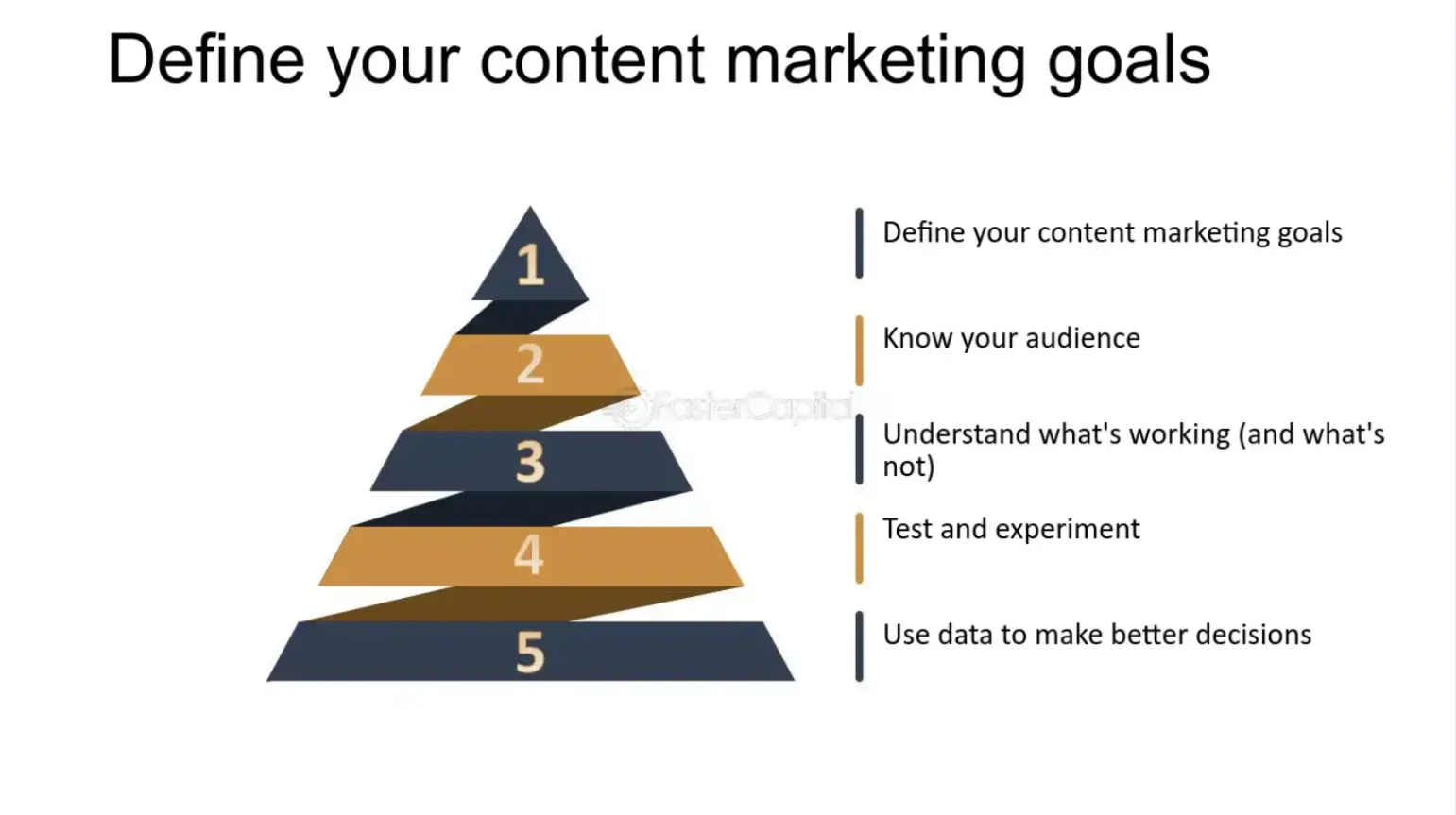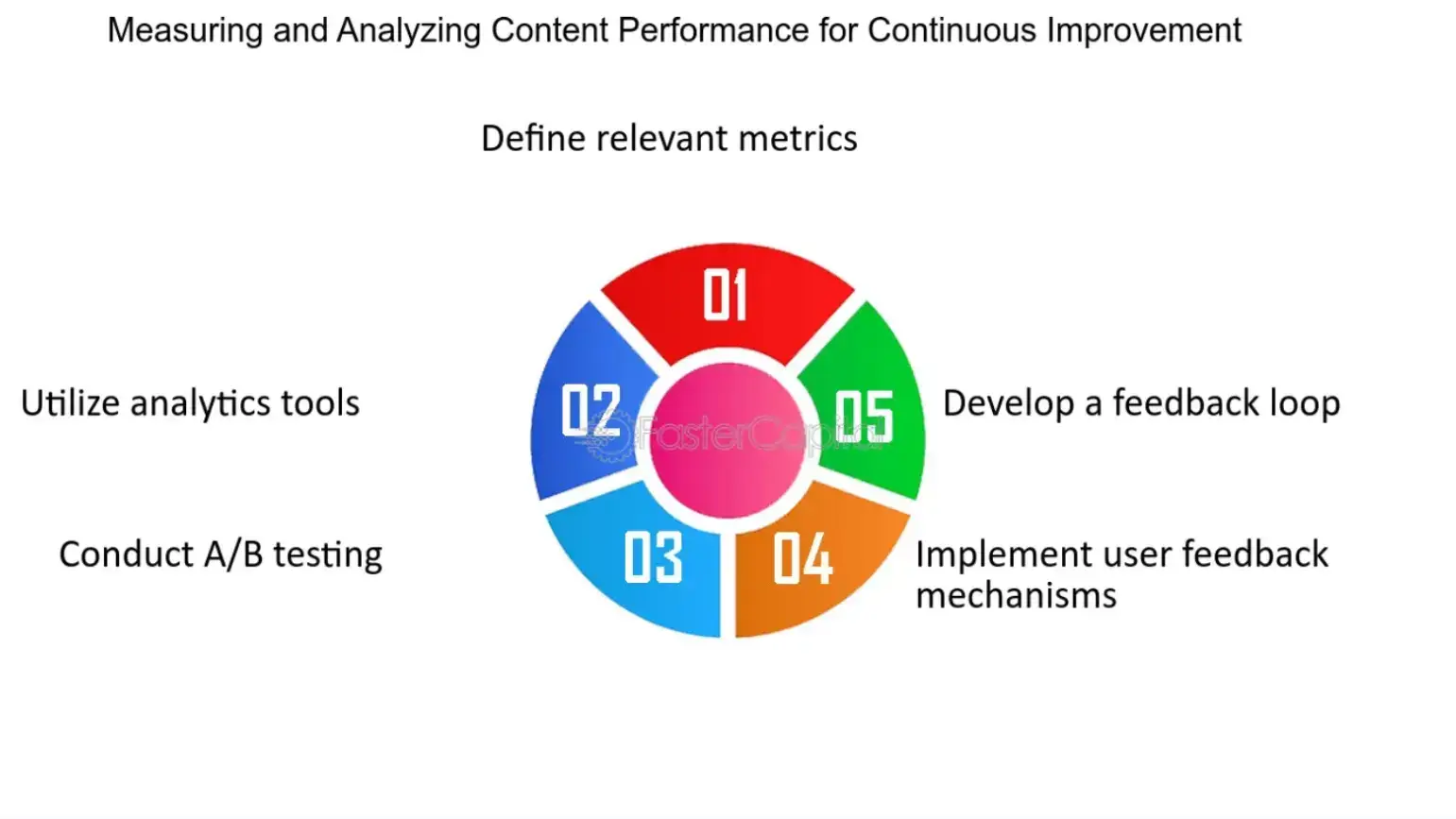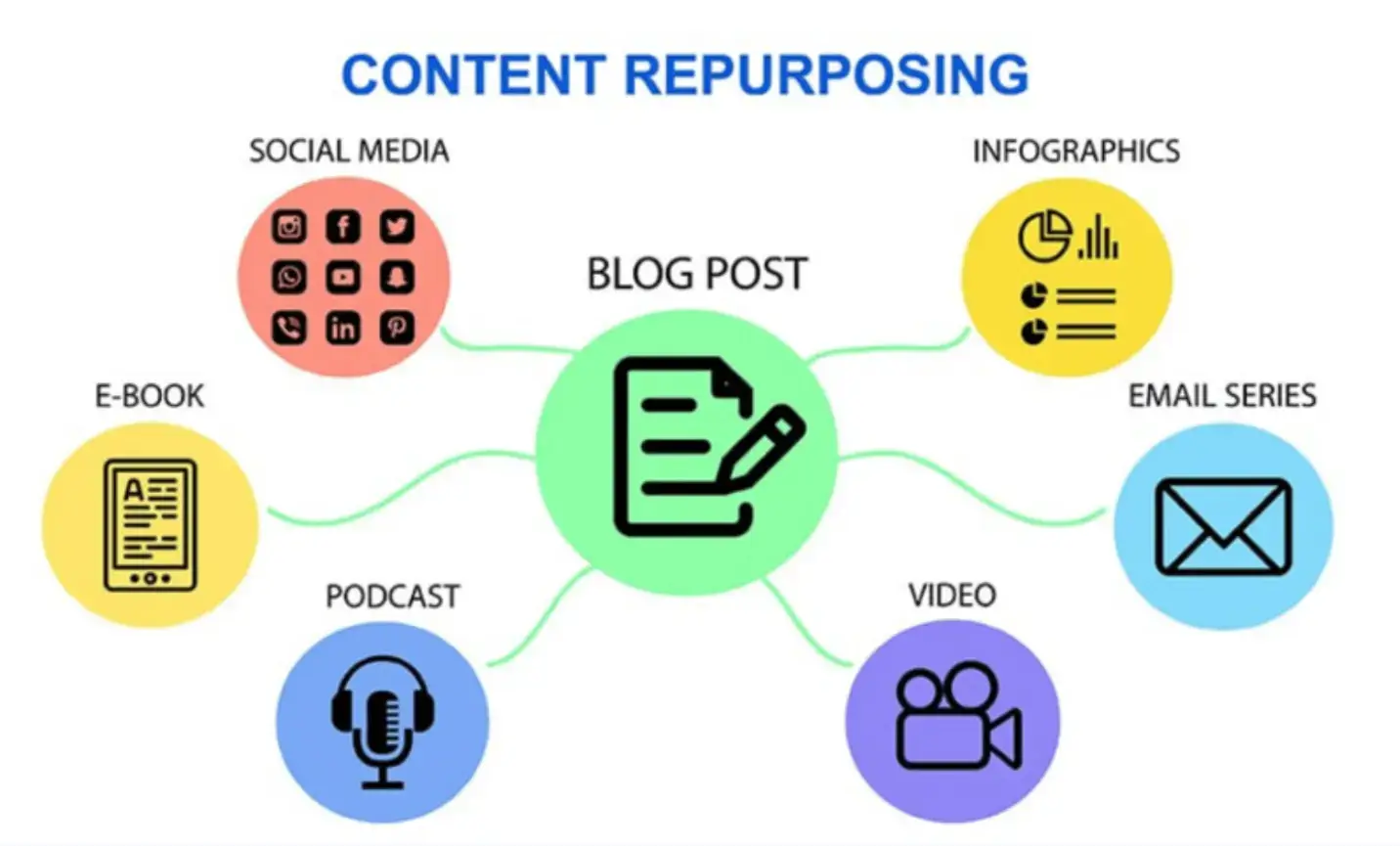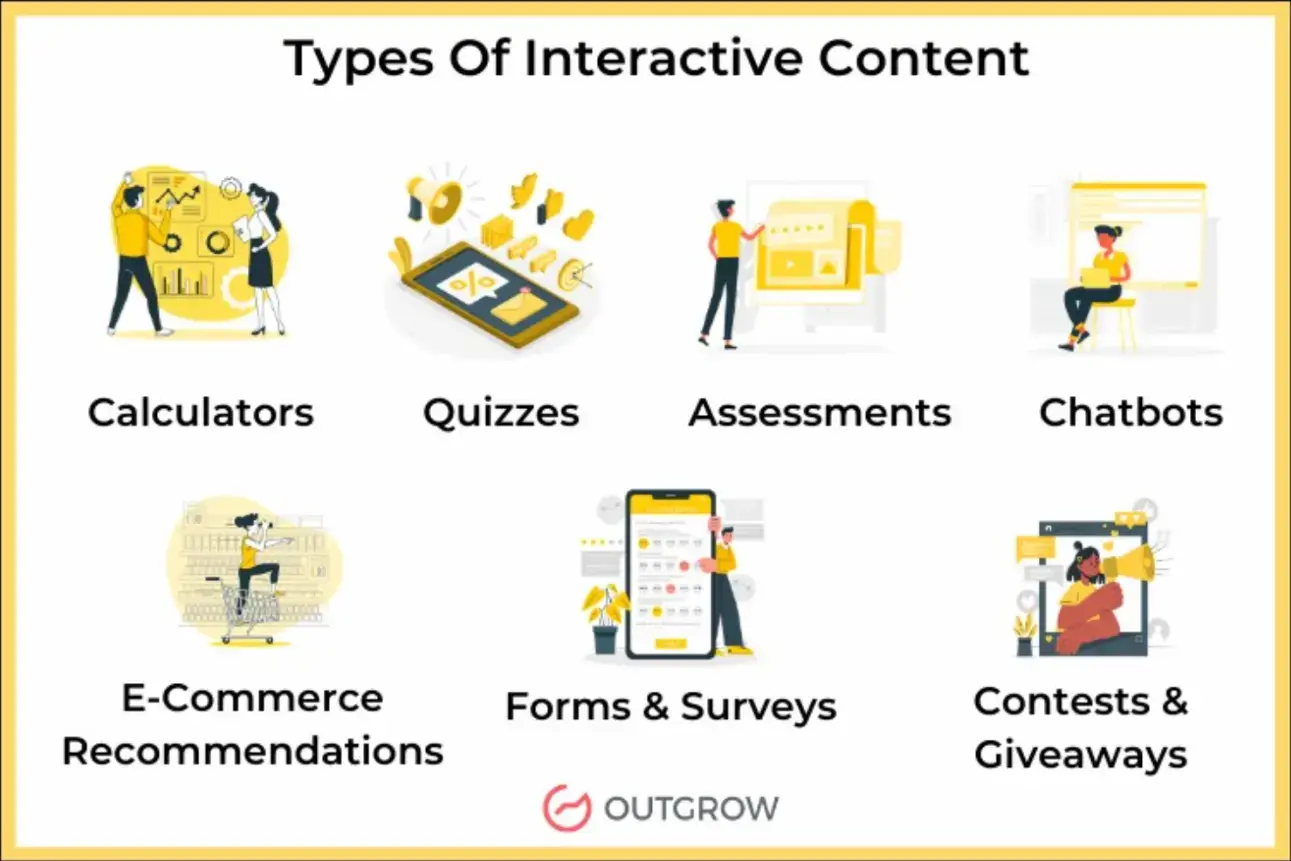When launching a startup, every choice matters, especially with limited resources.
Traditional advertising methods, like paid ads, can quickly drain your budget. Often, they don’t provide lasting results.
This is where content marketing can make a big difference for startups.
Content marketing offers a cost-effective alternative, requiring a modest investment in quality content creation—engaging writing, appealing design, and solid SEO. These investments become lasting assets. They continue to attract and engage your audience long after being published.
In this article:
- Why Content Marketing is Essential for Startups
- 9 Steps to Create Your Startup Content Marketing Strategy
This guide will look at how to use content marketing to speed up your startup’s growth.
We will explain why content marketing is crucial for new startups, detail the steps to create a successful content marketing plan, and share the best tactics for using your content to drive traffic and generate leads.
Let’s jump in.
What is Content Marketing?
Content marketing is a strategic approach to creating and sharing valuable, relevant, and consistent content. The goal is to attract and keep a clearly defined audience to drive profitable customer actions.

Source: WEB ROI
Instead of pushing your products or services, it’s about offering useful information to your audience.
Content marketing comes in many forms. It includes blogs, social media updates, videos, infographics, whitepapers, case studies, webinars, and live podcasts.
By regularly providing high-quality content that connects with your audience, you can make your brand a trusted expert in your field.
This helps build strong customer relationships and can ultimately lead to increased sales and revenue for your startup.
Why Content Marketing is Essential for Startups
Content marketing is a strategy focused on creating and sharing valuable, relevant, consistent content to attract and keep a clearly defined audience.
For startups, content marketing offers many benefits, such as:
Cost-effective: Content marketing is affordable for startups. Unlike traditional advertising, which can be pricey and may not guarantee results, content marketing allows startups to reach their target audience without spending too much.
Startups can economically promote their products or services by consistently producing high-quality content and leveraging various online platforms.
Builds Brand Awareness: Content marketing helps startups create a strong online presence. Regularly sharing relevant and valuable content increases visibility and allows startups reach a larger audience.
This exposure can help startups stand out and attract potential customers who might not have known about their products or services.
Establishes Authority: Content marketing can be especially powerful for niche industries. For example, in the pest control industry, startups can create informative content like guides on seasonal pest prevention or the benefits of eco-friendly pest solutions.
These resources offer valuable insights to homeowners while subtly highlighting the company’s expertise.
Instead of relying solely on paid ads, which might yield short-term results, this type of content serves as an ongoing lead generator by attracting customers searching for solutions to their pest problems.
Generates Leads: Content marketing can help startups find new leads.
By providing valuable resources such as white papers, ebooks, or webinars, startups can collect contact information from interested individuals.
This information can be used to nurture leads and increase the chances of converting them into customers.
Drives Traffic and Engagement: High-quality content can attract visitors to a startup’s website or social media pages.
Starts can attract potential customers by creating content that connects with the target audience and meets their needs or interests.
Engaging content also promotes interaction, helping to build a community around the brand and boost customer loyalty.
9 Steps to Create Your Startup Content Marketing Strategy
1. Understanding your target audience
Understanding your target audience is crucial for effective content marketing as a new business.
Before creating compelling content, you need to know who you’re making it for. This involves researching your potential customers’ demographics, interests, pain points, and behavior patterns.

Source: Teamly
Creating buyer personas is an essential step in this process. Buyer personas are semi-fictional representations of your ideal customers based on market research and data from your existing customer base.
These personas help you understand your target audience’s motivations, goals, and challenges, allowing you to create content that resonates with them.
By understanding their pain points, you can create content that addresses their specific needs and positions your startup as the solution they’ve been looking for. Examples of MVPs could include features that address their pain points.
Lastly, it’s crucial to explore your audience’s interests and behavior. Where do they spend their time online? What topics do they care about? Which social media platforms do they use?
Understanding these details helps you create content that matches their interests and share it through the channels they use most. This approach increases the chances of grabbing their attention and boosting engagement.
2. Define your content marketing goals
Content marketing should begin with setting clear goals that align with your business objectives.
Common goals include raising brand awareness, driving more traffic to your website, generating leads, guiding prospects through the sales process, and building industry authority.

Source: Faster Capital
Identify the challenges or pain points your target audience experiences and create content that offers valuable solutions. This will help position your startup as a trusted authority and build a strong connection with your audience.
Develop a content strategy that details the types of content you’ll create, the topics you’ll address, the channels you’ll use to distribute it, and the metrics you’ll use to measure success. This plan will keep your content efforts focused and effective.
3. Content distribution for startups
Content distribution is critical to any successful content marketing strategy for startups.
Simply creating high-quality content is not enough; you need to ensure your target audience can easily discover and engage with it. In these cases, hiring a content marketing agency or freelancers can be a budget-friendly option.

Source: SlideTeam
This involves leveraging owned, earned, and paid channels to maximize your reach and impact.
- Owned Channels: These are the channels that you have complete control over, such as your website, blog, email list, and social media accounts. Consistently publishing content on these channels helps to build your brand authority and establish a loyal following. However, relying solely on owned channels may limit your reach, as you’re primarily targeting your existing audience.
- Earned Channels: Earned channels refer to the exposure and visibility you gain through third-party sources, such as media mentions, guest posts, product reviews, and social media shares. This type of distribution is particularly valuable because it leverages the credibility and reach of other influential platforms and individuals. To effectively leverage earned channels, you must create shareable content and actively engage with industry influencers and thought leaders.
- Paid Channels: Paid distribution channels, such as paid advertising campaigns, sponsored content, and influencer marketing, can effectively amplify your reach and target specific audience segments. While this approach requires an investment, it can be a powerful way to jumpstart your content marketing efforts and drive immediate results. However, it’s essential to carefully strategize your paid distribution efforts to ensure a positive return on investment.
- Influencer and Partnership Marketing: Working with industry influencers and forming strategic partnerships can greatly benefit startups. Influencers or micro-influencers can introduce your brand to its audience and boost its credibility. Partnerships can open new distribution channels and allow for co-created content. It’s important to choose influencers and partners who match your brand values and target audience.
By effectively leveraging owned, earned, and paid channels, along with strategic influencer and partnership marketing, startups can enhance their content marketing efforts.
This approach helps increase brand awareness, drive engagement, and support small business growth.
4. Measuring and analyzing content performance
Measuring and analyzing the performance of your content marketing is essential to know what works, what doesn’t, and how to improve your strategy. Without data, you’ll make decisions without a clear picture of your progress.

Source: Faster Capital
Here are key metrics to track for valuable insights into your content marketing success:
- Website Traffic: Track the number of visitors to your website and where they come from (e.g., organic search, social media, referrals). This helps you see which channels drive the most traffic and where to focus your efforts.
- Engagement Metrics: Track metrics such as time on page, bounce rate, and pages per session to gauge your audience's engagement with your content. High engagement usually means your content is resonating well with your audience.
- Conversion Rates: Monitor how many visitors complete desired actions, such as signing up for a newsletter, downloading a lead magnet, or making a purchase. This helps you optimize your content for better results.
- Social Media Metrics: Check metrics such as shares, likes, comments, and mentions to see how your content performs on social media. This will show which types of content are most effective on different platforms.
- Lead Generation and Sales: Your content marketing should help generate leads and drive sales. Track how many leads and customers come from your content marketing efforts to measure their impact on your business goals.
Using analytics tools
You’ll need to leverage various analytics tools to effectively measure and analyze your content performance.
Google Analytics is a popular free option that provides comprehensive website data, while tools like Hotjar and Crazy Egg offer insights into user behavior and heatmaps.
Social media platforms also provide built-in analytics tools to track the performance of your content on their respective channels.
Making data-driven decisions
Once you have a solid understanding of your content performance metrics, you can use that data to make informed decisions about your content strategy.
Identify which types of content, topics, and formats resonate best with your audience, and double down on those efforts.
Conversely, consider revising or reallocating your resources if certain content pieces or channels are underperforming.
Regularly reviewing your content performance data and making data-driven decisions will help you refine your content marketing strategy, optimize your efforts, and achieve better results over time.
5. Repurposing and updating content
Repurposing and updating existing content is a powerful strategy for startups to get the most out of their content marketing efforts.
By refreshing old content, startups can extend their usefulness, reach new audiences, and stay relevant without additional costs.

Source: Moosend
Importance of repurposing and updating content
Creating high-quality content takes time and resources.
By repurposing and updating what you’ve already created, startups can make the most of their previous work and keep their content fresh and engaging.
This saves time and money and allows you to build on the success of your most popular content.
Extending content lifecycle
Content doesn’t last forever; its relevance can fade as trends and preferences change. Updating old content with new information and insights helps keep it valuable and relevant.
This also improves your search engine rankings, as search engines prefer regularly updated content. For example, event photographers often update their portfolios with new images to showcase their latest work and remain relevant.
Reaching new audiences
Turning existing content into different formats, such as infographics, videos, or social media posts, helps you reach new audiences. By offering content in various formats, you can appeal to different preferences and expand your reach.
Maintaining relevance
In the fast-moving world of startups, staying relevant is key. Regularly updating and repurposing content shows you’re up to date with industry trends and committed to providing valuable information.
This approach helps keep your brand strong and positions you as a trusted expert.
6. Building thought leadership through expert roundups
In the competitive world of startups, establishing thought leadership can set your brand apart. One effective way to do this is by organizing expert roundups.
This approach provides valuable content for your audience and helps position your startup as a knowledgeable and credible player in the industry.
For example, a children’s museum specializing in child-led learning could organize a roundup where experts share their top parenting tips.
By putting these insights together into a detailed article or series, you offer your audience diverse viewpoints and practical advice.
This also helps build relationships with influencers who can help spread your content. Plus, expert roundups often lead to sharing among the contributors, which can expand your reach and drive more traffic to your site.
7. Using data-driven content to drive decision-making
Data-driven content is powerful because it provides clear insights that help guide decision-making.
Startups can use their data or conduct industry research to create content that appeals to their audience. For example, a health tech startup could analyze patient data (while ensuring privacy) to spot trends in treatment results.
This information can be turned into blog posts, white papers, or infographics that showcase important findings. By offering data-backed insights, you add value to your audience and boost your startup’s credibility.
Moreover, data-driven content is highly shareable, as industry professionals and potential customers may reference and link to your findings, improving your SEO efforts.
8. Interactive content as a tool for engagement
Interactive content, such as quizzes, calculators, and interactive infographics, can greatly enhance user engagement and lead generation for startups.

Source: Outgrow
Unlike static content, interactive formats encourage users to participate, making their experience more memorable and personalized.
For example, a fintech startup might develop a savings calculator that helps users figure out how much they need to save to achieve their financial goals.
This educates users and introduces them to the startup’s financial planning services. Interactive content also gathers valuable user preferences and behavior data, which can help refine your content strategy.
By adding interactive elements to your content marketing, you create a more engaging experience that fosters stronger connections with your brand.
9. Nurturing community engagement through content-driven initiatives
Building a strong community around your startup can be transformative. Content-driven initiatives give people a reason to keep coming back, not just to consume information, but to participate, share feedback, and feel connected to what you’re building.
Start by creating content that invites interaction. This could be a recurring Q&A series, a monthly “build-in-public” update, community spotlights, or a simple prompt at the end of each post asking readers to share their experiences.
User-generated content is one of the strongest community accelerators. Encourage customers to share how they use your product, their results, or their before-and-after stories.
You can feature these stories in blog posts, newsletters, or social posts, which strengthens trust while making customers feel seen.
Another effective initiative is creating a learning hub that supports your audience’s ongoing goals.
For example, you can publish a beginner-to-advanced series on your niche, host free mini-workshops, or publish a short weekly newsletter that curates the best insights and tools. Consistency matters more than volume—regular content creates a rhythm that community members can rely on.
Finally, make it easy for your audience to connect with you and with each other.
A private group, a simple Discord/Slack space, or even a recurring live session can turn your brand into a shared space rather than a one-way channel.
When people feel like they belong, they stick around longer, recommend you more often, and become your strongest advocates.
Conclusion
For startups, content marketing is one of the most sustainable ways to grow with a limited budget and time.
Instead of renting attention through ads, you build assets that compound—content that keeps attracting the right people, educating them, and earning their trust long after it’s published.
When you understand your audience, set clear goals, distribute content strategically, and measure performance consistently, your marketing becomes more predictable and efficient.
Over time, repurposing your best work, creating data-driven insights, and introducing interactive experiences can push your results even further.
Most importantly, content isn’t just about traffic—it’s about relationships.
The more your content helps people solve real problems and feel connected to your brand, the more likely they are to become loyal customers and advocates.
Start small, stay consistent, and let your content marketing engine compound into long-term growth.
FAQs: Content Marketing for Startups
How long does content marketing take to work for a startup?
It depends on your niche, competition, and publishing consistency, but most startups start seeing meaningful traction within 3–6 months. SEO-driven content often takes longer to compound, while content promoted through newsletters and social channels can generate faster, early results.
How often should a startup publish new content?
A consistent schedule matters more than a high volume. If you can publish one strong post per week, that’s a great starting point. If your resources are limited, aim for 2–4 high-quality pieces per month and focus on promoting them well across multiple channels.
What types of content are best for early-stage startups?
Start with content that builds trust and solves urgent problems: how-to guides, comparisons, templates, checklists, and beginner-friendly explainers. Case studies and customer stories are also powerful once you have early users, since they provide social proof and real-world outcomes.
Do startups need paid promotion to make content marketing effective?
Not necessarily. Many startups grow with organic SEO, partnerships, email distribution, and social sharing. Paid promotion can help accelerate reach, but it’s most effective when you already know which content converts—then you can amplify what’s proven instead of guessing.
How do you measure whether content marketing is driving revenue?
Track the full funnel, not just traffic. Measure signups, demo requests, email subscribers, and conversions that come from specific articles or campaigns. Use UTM links, conversion events, and attribution in analytics to connect content performance directly to pipeline and sales.


